According to UN agencies, the impact is expected to worsen, as many health projects are set to end by December 2025 if no new funding is secured.
The reality is grim. More than six months after the U.S. government decided to suspend its international aid funding, hundreds of health and nutrition centers in Somalia have been forced to close due to lack of financial support.
Specifically, eight hospitals, 40 primary health care facilities, 16 mobile teams, and more than 300 nutrition centers run by NGOs partnering with UN agencies have temporarily suspended their services in 21 districts across nine regions of Somalia, according to the UN Office for the Coordination of Humanitarian Affairs (OCHA).
“Since the beginning of the year, reduced funding has seriously curtailed health and nutrition programs in Somalia,” OCHA said in its latest situation report, noting that “these cuts pose a significant threat to an already fragile health system” in the Horn of Africa nation.
According to UN agencies, the impact could deepen, as many health projects are set to close by December 2025 if new funding is not obtained.
These cuts have affected essential health facilities such as the maternity hospital in Jowhar in Middle Shabelle, the Rabdhure district hospital in Bakool, and the Ceel-Waaq health center in Gedo.
Deprived of vaccinations
These facilities are “vital” for thousands of people, and their closure could mean that nearly 8,000 people lose access to health care, which could lead to “increased maternal and child mortality, cases of acute malnutrition and cholera, as well as preventable deaths.”
Moreover, the reduction in the capacity of mobile clinics that previously served remote and displaced communities has deprived more than 350,000 people of access to essential services such as vaccination, epidemic control, disease prevention, and primary health care.
This alarming situation comes as Somalia faces a rapidly worsening nutrition crisis, with acute malnutrition rates soaring amid the sharp reduction in the number of operational nutrition sites.
By mid-2025, the funding shortfall—largely due to the suspension of U.S. financial aid—had forced the closure of more than 300 nutrition centers. This has contributed to a reduction of about one quarter in severe acute malnutrition treatments, and a 60% cut in the supplementary therapeutic feeding program.
Children suffering from acute malnutrition
More broadly, humanitarian agencies fear that without additional funding, around 11,000 children suffering from acute malnutrition may be left untreated. The increase in disease burden, particularly from diarrhea and pneumonia, will further exacerbate malnutrition.
In May, admissions into the outpatient therapeutic program peaked at 40,000, underscoring the worsening nutritional status of children under five across Somalia.
At the same time, current stocks of essential therapeutic supplies—including ready-to-use therapeutic food, ready-to-use supplementary food, and therapeutic milk—are expected to last only until November 2025.
According to OCHA, an additional US$23 million is urgently needed to avoid further interruption of services.
Millions in need
The impact of U.S. funding cuts on health and nutrition programs comes amid a severe drought in northern Somalia, affecting about 2.5 million people across 26 districts classified as moderately or severely affected. Among them, nearly 890,000 people in 16 districts are living in the hardest-hit areas.
Five of the 26 districts—Zeylac, Lughaye, Bossaso, Gaalkacyo, and Hobyo—are now on the list of priority districts for life-saving humanitarian assistance, as redefined by the national humanitarian team.
In response to the significant drop in donor contributions, humanitarian agencies in Somalia have revised the 2025 response plan. The updated strategy now targets 1.3 million people—down by three-quarters from the original goal of 4.6 million.
“However, this reprioritization does not reflect a decrease in humanitarian needs in the country,” OCHA stressed. As a result, the financial requirements have been adjusted to US$367 million, a 75% decrease from the original appeal of US$1.4 billion. But this revised plan has so far been only 16% funded, highlighting, according to the UN, the urgent need for increased donor support to meet Somalia’s pressing humanitarian challenges.
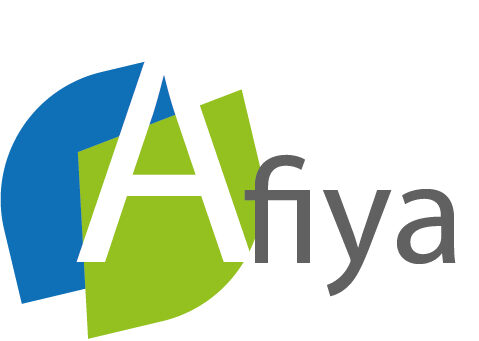

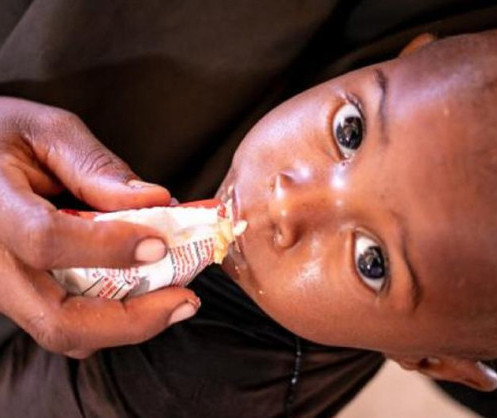
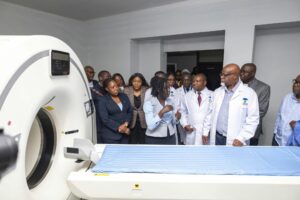
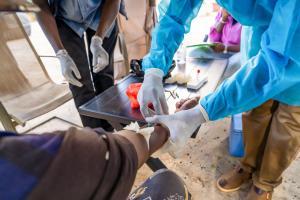
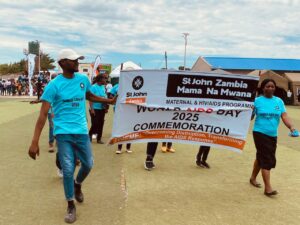
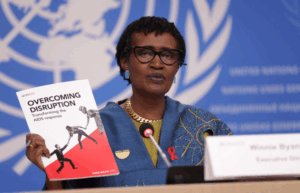
OTHER ARTICLES
Zambia : Health Sector Progress Update
Rift Valley Fever in Senegal: On the Frontline to Protect Communities
Zambia : commemorates world AIDS day